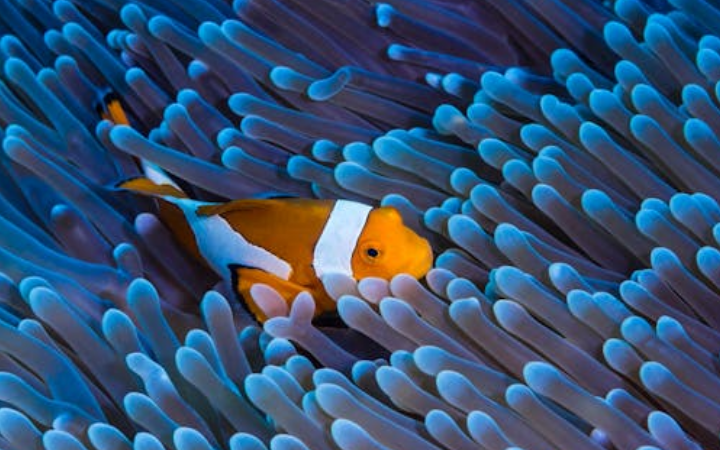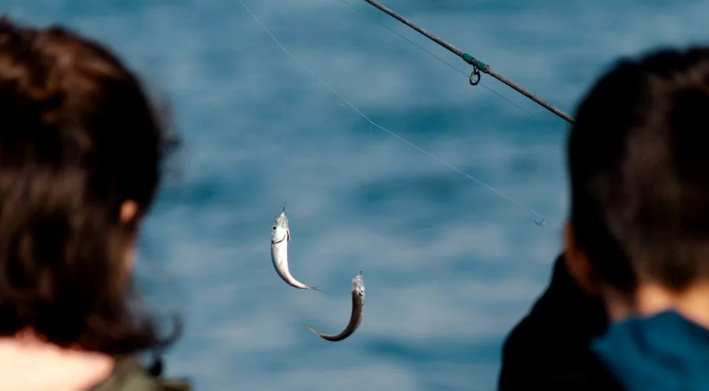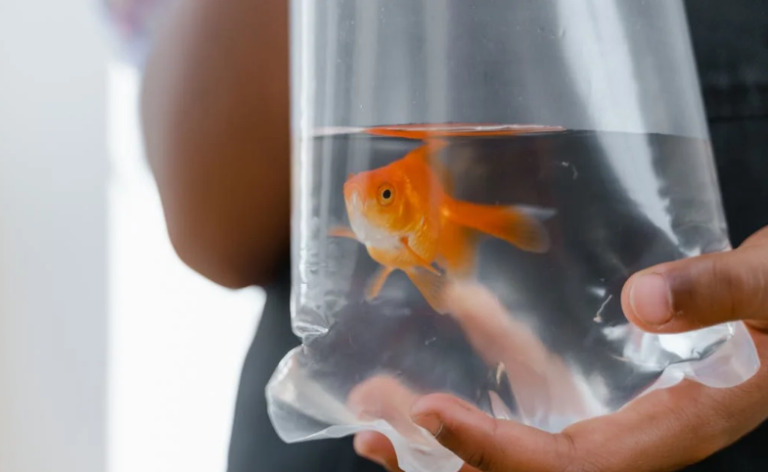When transporting fish, either from a pet store or when relocating, it’s important to know how long they can safely stay in a bag. The short answer is that fish can typically stay in a bag for 5 to 7 hours. However, with proper preparation and conditions, some fish can endure up to 48 hours. Let’s explore the factors that influence this timeframe and how to ensure your fish remain safe and healthy during transportation.
Factors Affecting How Long Fish Can Stay in a Bag

Oxygen Levels
The most critical factor determining how long fish can stay in a bag is the amount of oxygen available. Fish need oxygen to breathe, and the oxygen levels in a small bag can deplete quickly. To mitigate this, pet stores often use oxygen-enriched water and fill the bags with extra air. For home transportation, ensuring the bag is well-sealed and contains enough air can help extend the time fish can stay in it.
Temperature
Temperature is another vital factor. Fish are sensitive to changes in temperature, and extreme fluctuations can be harmful or even fatal. During transportation, it’s essential to keep the bag at a stable, suitable temperature for your specific type of fish. This can be done by using an insulated container or a cooler.
Size and Number of Fish
The size of the fish and the number of fish in a single bag also play a role in how long they can safely stay there. Larger fish consume more oxygen, and more fish in a bag will deplete oxygen faster. Ideally, smaller fish should be transported in pairs or individually, and larger fish should always be transported alone.
Water Quality
The quality of the water in the bag is crucial. The water should be clean and free of toxins. Fish produce waste, which can build up in the small volume of water in a bag, leading to a toxic environment if they are kept there for too long. Adding a small amount of ammonia remover can help maintain water quality during transportation.
Related Articles
What Fish Can Live in a 1 Gallon Tank?
How Many Fish in a 75 Gallon Tank?
Can African Dwarf Frogs Live with Fish?
Preparing Fish for Transportation
Before the Journey
Several steps can be taken to prepare fish and ensure their safety before placing them in a bag for transportation.
Fasting the Fish
It’s a good practice to fast your fish for 24 hours before transportation. This reduces the amount of waste they produce during the journey, helping to keep the water cleaner for longer.
Using Proper Bags
Always use bags designed for transporting fish. These bags are typically thicker and stronger than regular plastic bags. They can also hold more air, which is essential for maintaining oxygen levels.
Filling the Bag
Fill the bag one-third with water and the rest with air. This balance helps ensure there is enough oxygen in the bag. If possible, use oxygen-enriched water. Pet stores often have the equipment to do this, so if you’re transporting fish from a store, ask them to fill the bag with oxygen-enriched water.
During the Journey
Keeping the Temperature Stable
As mentioned earlier, maintaining a stable temperature is crucial. Use an insulated container or a cooler to transport the bag. Avoid placing the bag in direct sunlight or exposing it to extreme temperatures.
Minimizing Stress
Fish can become stressed during transportation, which can affect their health. Keep the bag in a dark environment as much as possible, as darkness helps reduce stress. Avoid shaking or jostling the bag excessively.
What to Do Upon Arrival
Acclimating the Fish
Once you arrive at your destination, it’s important to acclimate your fish to their new environment gradually. Here’s how you can do it:
- Float the Bag: Place the unopened bag in the aquarium for about 15-20 minutes. This helps equalize the temperature of the water in the bag with the aquarium water.
- Open the Bag: After the temperatures have equalized, open the bag and add a small amount of aquarium water to it. Repeat this process every 5 minutes for about 20-30 minutes. This helps the fish adjust to the new water chemistry gradually.
- Release the Fish: Gently release the fish into the aquarium. Avoid adding the water from the bag into the aquarium to prevent any potential contamination.
Monitoring the Fish
After releasing the fish into the aquarium, monitor them closely for any signs of stress or illness. It’s normal for fish to hide or act skittish for a few hours after being introduced to a new environment. Ensure they are eating and behaving normally within a day or two.
Special Considerations for Long-Distance Transportation
If you need to transport fish for more than 48 hours, additional preparations are necessary.
Using Breather Bags
Breather bags are designed to allow oxygen to pass through the bag walls while keeping water inside. As such, they can be very effective for longer journeys and help maintain oxygen levels.
Adding Oxygen Tablets
Oxygen tablets can be added to the bag to slowly release oxygen over time. These are particularly useful for long-distance transportation.
Using Battery-Powered Air Pumps
For very long trips, a battery-powered air pump can be used to provide a continuous supply of oxygen to the fish.
Tips for Successful Fish Transportation
Pre-Transport Preparation
Assessing Fish Health
Before transporting your fish, it’s crucial to assess their health. Only transport healthy fish, as sick or stressed fish may not survive the journey. Look for signs of good health such as active swimming, clear eyes, and vibrant coloration. Avoid transporting fish that show signs of disease, such as lethargy, cloudy eyes, or visible lesions.
Gathering Supplies
Ensure you have all the necessary supplies ready before you start the transportation process. These supplies include:
- Fish transportation bags or breather bags
- Oxygen tablets or a battery-powered air pump
- Insulated container or cooler
- Ammonia remover
- Clean, dechlorinated water
- Net and bucket
During Transportation
Handling the Fish
Handle the fish with care to minimize stress and injury. Use a net to gently transfer the fish from the aquarium to the transportation bag. Avoid touching the fish with your hands, as this can remove their protective slime coat and cause stress.
Securing the Bag
Once the fish are in the bag, seal it tightly to prevent leaks and ensure it remains inflated with air. Double bagging can provide extra security against leaks and punctures. Place the bag inside an insulated container or cooler to maintain a stable temperature.
Monitoring Conditions
If your journey is long, periodically check the bag’s conditions. Ensure it remains sealed and the temperature is stable. If using an air pump, ensure it continues to function correctly and the tubing stays in place.
Post-Transport Care
Quarantining New Arrivals
When introducing new fish to an existing aquarium, it’s wise to quarantine them first. This practice helps prevent the spread of diseases and gives the new fish time to acclimate to their new environment. A separate quarantine tank can be set up with similar water conditions to the main tank.
Gradual Introduction
After the initial acclimation process, introduce the new fish to the aquarium slowly. This gradual introduction helps reduce stress and allows the existing fish to get used to the newcomers. Monitor the behavior of both new and existing fish to ensure a smooth transition.
Observing Behavior
Keep a close eye on the new fish for the first few days. Look for any signs of stress or illness, such as erratic swimming, refusal to eat, or hiding excessively. Prompt action can help address any issues early and ensure the health of all your fish.
Troubleshooting Common Issues
Oxygen Depletion
If the fish show signs of oxygen depletion, such as gasping at the surface, act quickly. Add more oxygen to the bag using oxygen tablets or a battery-powered air pump. If possible, open the bag and carefully aerate the water by gently agitating it.
Temperature Fluctuations
To address temperature fluctuations, use a thermometer to monitor the water temperature regularly. If the water is too warm, move the bag to a cooler, shaded area. If it’s too cold, place the bag in a warmer environment or add warm water to the surrounding container (not directly into the bag).
Water Quality Issues
If you notice the water becoming cloudy or the fish showing signs of distress due to poor water quality, consider performing a partial water change. Use dechlorinated, temperature-matched water and add it to the bag slowly to avoid shocking the fish.
Final Thoughts
The key to successful fish transportation is thorough planning and preparation. By understanding the factors that affect how long fish can stay in a bag and taking steps to mitigate these factors, you can ensure a safe and stress-free journey for your fish.
Caring for fish during transportation requires attention to detail and a commitment to their well-being. From maintaining oxygen levels and stable temperatures to minimizing stress and ensuring clean water, every step is crucial.



